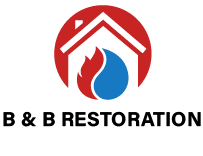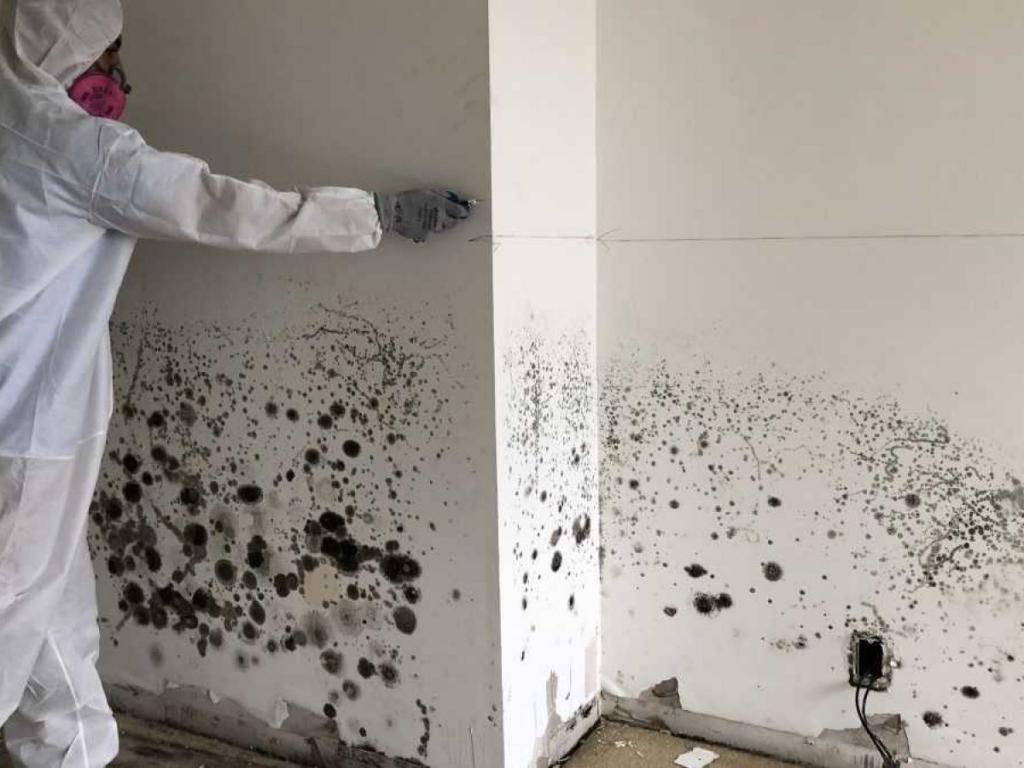Symptoms Of Black Mold Exposure
What Is Black Mold?
Black mold is a type of fungus that grows naturally in the environment. Its color is dark green to black. It grows in warm temperatures and moisture. A damp area can also contribute to the growth of black mold. It can also appear on a food source that has cellulose in it.
In most cases, mold poisoning is not life-threatening, although it can cause allergies for some people because every person reacts differently to certain things. You could get a reaction immediately on inhaling a spore if you are allergic to black mold. And if you are not, then you won’t feel any symptoms. A common belief is that it can cause intense health issues because of the mycotoxins it releases, but this thought lacks evidence. Let us explore the symptoms of black mold exposure.
Respiratory Symptoms
Allergic Reactions: People exposed to black mold can experience some sort of allergies immediately upon exposure. These allergies can range from sneezing, runny nose, itchy eyes, and eye irritation to skin irritation.
Asthma Exacerbation: People suffering from asthma can have severe reactions, including chest congestion and breathing difficulties. Spores can cause sensitivity to the respiratory system in people dealing with asthma.
Infection Risk: Black mold can weaken the immune system after long exposure. It can lead to severe respiratory infections like bronchitis and pneumonia.
Neurological Symptoms
Cognitive Issues: After long hours of exposure to black mold, a person’s cognitive function can be affected, causing memory loss, difficulty concentrating, and impaired decision-making. It can affect the day-to-day functions of human beings.
Mood Changes: Mood swifts and anxiety are other effects of mold exposure. It can disturb the functioning of neurotransmitters.
Headache: Headaches and migraine can be a result of inhaling mold spores. The mold in the air can lead to sinusitis, resulting in increased headaches.
Skin And Eye Irritation
Skin Reactions: Itching, redness, and irritation can result from contact with black mold spores. Exposure to the spore for long hours can worsen the skin condition, especially in people with skin allergies. Skin color or sensitivity changes should be immediately considered to avoid severe reactions.
Eye Problems: Black mold exposure can irritate the eyes, leading to watery eyes, itching and inflammation, visual disturbance, and discomfort. Immediate medical attention should be sought in these situations to avoid severe issues.
Mucous membrane Irritation: Exposure to the spores of black mold can cause irritation in the throat, inflammation and burning sensation in the mouth, bleeding from the nose, chest congestion, and sneezing. Long-term exposure can cause severe respiratory infections. Steps should be taken to increase air quality in these cases
Immune System Concerns
Chronic Fatigue: Constant feeling of exhaustion and not getting fine by rest, commonly known as chronic fatigue is another symptom of black mold exposure.
Increased Sensitivity: Long-term exposure to the spores of black mould can increase the sensitivity towards allergens and pollens. This sensitivity can lead to a weakened immune system
Health Concerns: Many other health-related problems can arise from exposure to black mold. Toxins present in the black mold can interfere with the normal functioning of the human body, causing severe health issues
Response To Long-Term Exposure
Toxicity: High-level exposure to black mold can cause acute respiratory infection impairment in the neurological system and damage to human body organs. These symptoms are usually caused by long-term exposure to the toxins in black mold. It usually happens when the toxins are present within a closed atmosphere.
Chronic Health Problems: Long-term exposure to black mold can cause severe health effects that remain over a long period, including respiratory inflammation, neurological disorders, and immune system dysfunction. These symptoms should be considered to reduce the severity of the problem immediately.
Acute Health Problems: Exposure to high amounts of black mold can result in acute diseases, such as respiratory problems, headache, nausea etc.
How To Get Rid Of Black Mold?
If a mold is seen in your space, it should be removed immediately to avoid future and serious consequences. A proper systematic approach should be followed while removing mold. If you feel like the mold has not spread to more than a few feet, it is recommended that you clean it yourself following all the safety measures. However, professional mold removal experts should be hired if it has spread. Go through these step-by-step instructions on black mold removal.
Understanding The Black Mold
To remove black mold, it is important to understand what it is. It is a type of fungus as discussed above, found in damp and humid atmospheres. Understanding the type of mold is important to eliminate its existence. Every type of mold has unique characteristics and requires specific conditions and surfaces for their growth. It is important to assess the health risks of black mold because each mold has a unique health effect on human beings.
After understanding what black mold is and the health risks associated with the mold, it is time to identify it. It can be recognized by its visual appearance, distinctive green-to-black color, and specific silky texture.
Preparation For Removing Black Mold
Now comes the part for the removal of black mold. It is important to follow all the safety procedures and measures while removing the mold to avoid getting affected by the spores in the atmosphere. Wear personal protective equipment to avoid skin contact. Pick up the equipment or tools that are required for mold removal. Also, try to get your hands on mold preventers or inhibitors to avoid future growth. Then isolate the area by closing the doors and windows, turning off the fans, and sealing the area to avoid contamination.
Removing Black Mold
A proper systematic method should be followed when removing black mold. The method is selected based on the spread of the mold and the severity of the damage. For small-scale mold, it can be removed at home by wearing personal protective equipment and isolating the area. A vacuum cleaner can remove mold and any leftover debris.
For mold that has spread to a larger area professional assistance could help. Certified mold. remediation experts will assess the infestation, develop a strategy, and remove the mold using their unique methods. To prevent mold from growing again in the future, it is important to check for any leaks, or dysfunctional ventilation systems, maintain the humidity levels in your space, and inspect the area regularly.
Final Say!
Recognizing the symptoms, whether on your health or your property, is important to get rid of black mold on time. Long-term exposure to black mold can cause severe health issues leading to respiratory and neurological problems. Proper techniques and systematic methods should be followed to remove black mold from an area. Mold inhibitors and regular maintenance should be done to avoid long-term health problems.

